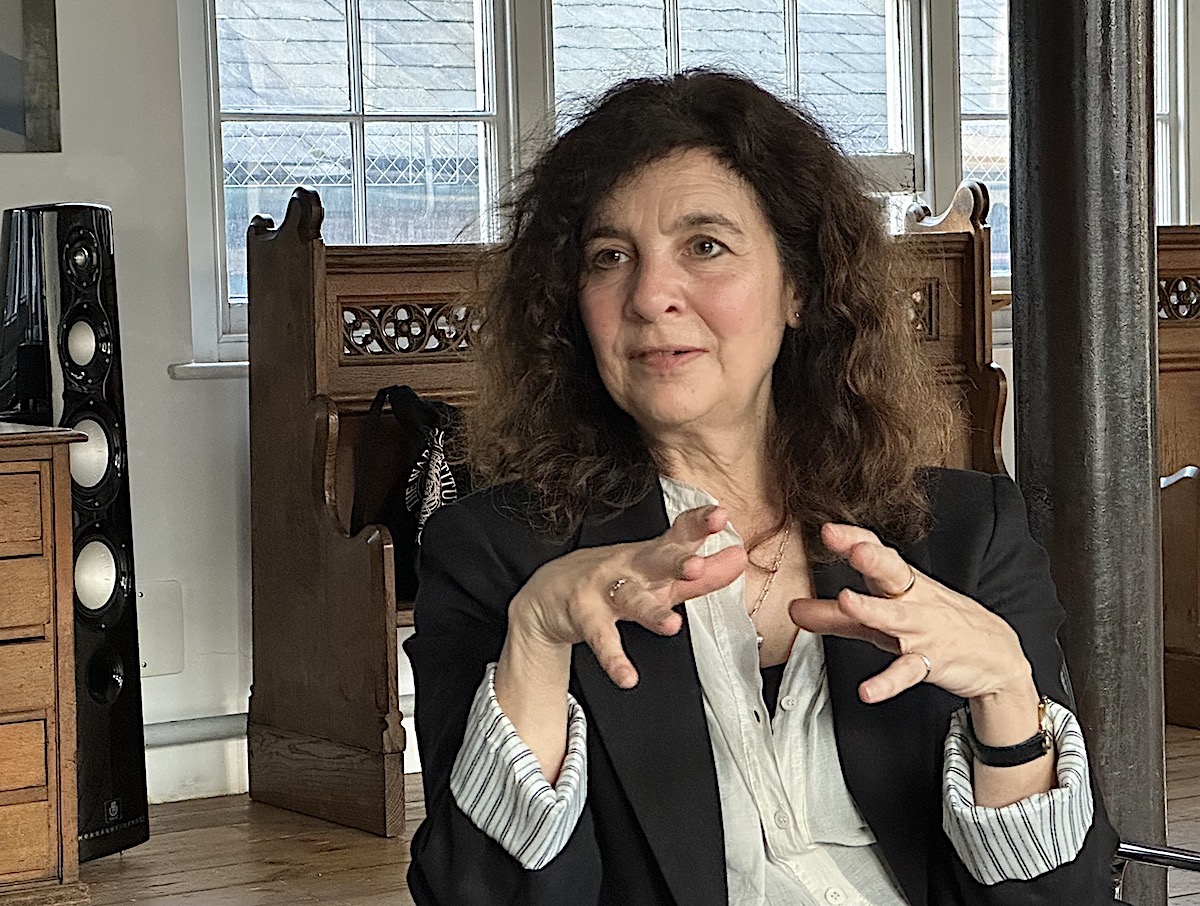After more than a decade of slow erosion, the arts are finally being let back into the classroom. The Cultural Policy Unit — the small but influential think tank behind much of Labour’s arts agenda — has helped push through what looks to be the most significant education shift in years: the beginning of the reinstatement of the arts as a core part of the national curriculum.
It’s a hard-won reversal. For 14 years, the EBacc measure quietly drained the life out of arts teaching, reducing creativity to an optional extra — the preserve of private schools and well-funded academies. That policy is now to be scrapped. The CPU’s recommendation that the arts be included in the all-important school assessment measures appears to be bearing fruit, with the arts, humanities, and languages forming a fifth educational “pillar.” It’s bureaucratic language for something vital: putting visual arts, dance, music and drama back where they belong — at the heart of learning.
“This is a dramatic turnaround,” says Alison Cole, Director of the CPU, “a bold recommendation that marks a move towards reducing inequality.” It’s difficult to argue. The loss of creative subjects has hollowed out entire generations of classrooms. The CPU’s proposed Childhood Arts Guarantee — ensuring that every child, regardless of background, has access to meaningful cultural experiences — feels less like a luxury and more like a long-overdue correction. An enrichment measure appears to address this.
Teachers will tell you what research keeps proving: the arts aren’t ornamental. They’re essential tools for thinking, empathy, and resilience — the messy human stuff that machines can’t fake. In an age when “AI literacy” is being peddled as the next great skill set, we might remember that imagination was the original technology.
The numbers are persuasive, too. The creative industries remain the UK’s quiet powerhouse — worth £125 billion to the economy in 2022, employing 2.4 million people, and growing faster than almost any other sector. Since 2010, the creative economy has expanded by 35%, compared to the national average of 22%. These aren’t just vanity stats; they’re proof that ideas pay.
And yet, the damage of the last decade still shows. GCSE entries for arts subjects have fallen 42% since 2010. Initial teacher training in the arts has decreased by 66%. Young people are still being steered away from creative paths, even as employers cry out for the very skills those paths teach — problem-solving, innovation, collaboration, and emotional intelligence.
So yes, this change matters. It’s a repair job, but also a statement of intent. Britain’s cultural identity has always been tied to its ability to imagine, invent, and reinvent — from the Pre-Raphaelites to Punk to the creative entrepreneurs of today. The CPU’s work suggests an awareness that cultural growth and economic growth aren’t opposites but intertwined.
The independent Unit, which was initially hosted by the Fabian Society, helped shape Labour’s Creating Growth plan for the arts and creative industries. Its follow-up pamphlet, Arts for Us All, released in July, outlined the framework for some of what we’re now seeing implemented: investment, equity, and access. Simple ideas, but radical after so long in the wilderness.
The reintroduction of the arts into schools is not just symbolic. It’s structural — a shift in how the next generation will think, feel, and make. If that sounds grand, it should. Culture doesn’t just decorate a nation; it defines it.
And for once, the policymakers have remembered that. – PCR
Photo: Alison Cole, Director, The Cultural Policy Unit P C Robinson © Artlyst 2025

